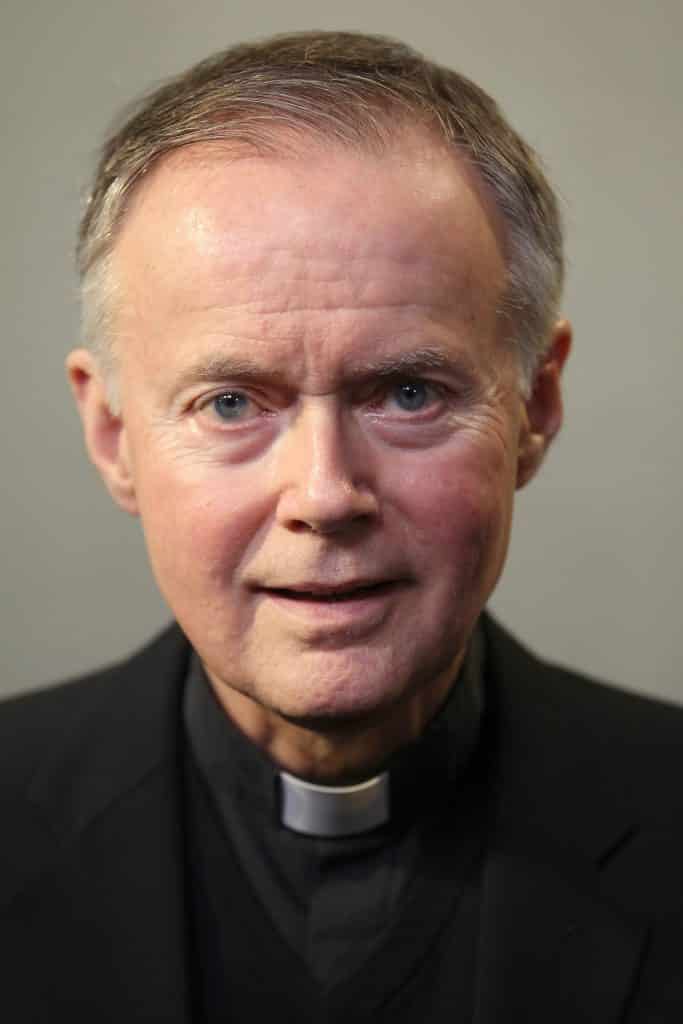July 31, 2018

The twenty-second Orientale Lumen conference took place at the Washington Retreat House in Washington, DC, from June 18 to 22, 2018. The theme of the conference was, “Sister Churches: Fact or Fiction?”
At first glance, the answer to the question posed in the title might seem obvious: in recent years it has become commonplace, at least in Catholic-Orthodox relations, to refer to each other as sister churches. In modern times this began during the visit of Pope Paul VI to Ecumenical Patriarch Athenagoras in Constantinople (Istanbul) in 1967. At the end of the joint prayer service in the Catholic Cathedral of the Holy Spirit on July 25, the Pope handed the Patriarch a statement entitled Anno Ineunte that had just been read out to the congregation. In the statement, Pope Paul recalled the common Christian beliefs and the celebration of the same sacraments that provided “the ground of the traditional and very beautiful expression ‘sister churches’ which local churches were fond of applying to one another.” This went on for centuries, but sadly at a certain point there arose “a long period of division and mutual misunderstanding” between Catholics and Orthodox. But now, the Pope wrote, “the Lord is enabling us to discover ourselves as ‘sister churches’ once more, in spite of the obstacles which were once raised between us.”
In the following years, the use of the term “sister churches” became more and more common in Catholic-Orthodox relations. St. Pope John Paul II used it often, including in two of his encyclicals. However, in the year 2000 the Congregation for the Doctrine of the Faith issued a “Note” on the use of the term, signed by Cardinal Ratzinger, that sought to make more precise the conditions under which the use of the term is appropriate. The Note said that it is possible for individual local churches (dioceses) to refer to each other as sister churches. Thus it is appropriate for Popes and Ecumenical Patriarchs to refer to each other as heading sister churches which in this case are the diocese of Rome and the diocese of Constantinople. But it is not possible, the Note says, for the Catholic Church as a whole to refer to the Orthodox Church as a whole as a sister church. This is the conclusion:
Consequently, one should avoid, as a source of misunderstanding and theological confusion, the use of formulations such as “our two Churches,” which, if applied to the Catholic Church and the totality of Orthodox Churches (or a single Orthodox Church), imply a plurality not merely on the level of particular Churches, but also on the level of the one, holy, catholic and apostolic Church confessed in the Creed, whose real existence is thus obscured (paragraph 11).
The presentations at the 22nd Orientale Lumen Conference examined this situation from various points of view. The theme was introduced at the first plenary session by Dr. Will Cohen, a professor at Scranton University, who published in 2016 an in-depth examination of the question in his book, The Concept of ‘Sister Churches’ in Catholic-Orthodox Relations Since Vatican II. Other speakers included Patriarch Emeritus Gregorios III of the Melkite Greek Catholic Church; Metropolitan Kallistos of Diokleia (by video), Professor Emeritus, Oxford University; Father Robert Kaslyn, SJ, School of Canon Law at The Catholic University of America; Father John Ford, CSC, Professor Emeritus of Ecumenism at The Catholic University of America; Father Hyacinthe Destivelle, OP, of the Pontifical Council for Promoting Unity in the Vatican; and Mr. Michael Haldas, a Greek Orthodox author, lecturer, and educator. Archbishop Christophe Pierre, the Apostolic Nuncio to the United States, attended the Tuesday evening session to hear Fr Destivelle’s presentation.
None of the speakers took a position with regard to the appropriateness of the Catholic and Orthodox churches as a whole referring to each other as sister churches, but the term was studied in depth from various perspectives. Overall, the various papers focused on a diverse range of topics in Orthodox and Catholic relationships and practice. Mr. Jack Figel, the head of Eastern Christian Publications and organizer of the conference, hopes to publish the papers in a single volume in due course.
It should also be noted that there were several liturgical services in the Byzantine tradition during the course of the conference, and that the religious affiliation of the attendees broke down roughly as one third Roman Catholic, one third Eastern Catholic and one third Orthodox. In the afternoon of June 20, the participants visited the “Tomb of Christ” exhibit at the National Geographic Society in downtown Washington, DC.
The twenty-third Orientale Lumen conference is scheduled to take place at the same location from June 17 to 20, 2019. The theme will be posted as soon as it has been chosen.
More information about the conferences can be found online at olfoundation.net.
Rev. Ron Roberson, CSP, is associate director for Ecumenical and Interreligious affairs at the United States Conference of Catholic Bishops in Washington, DC.